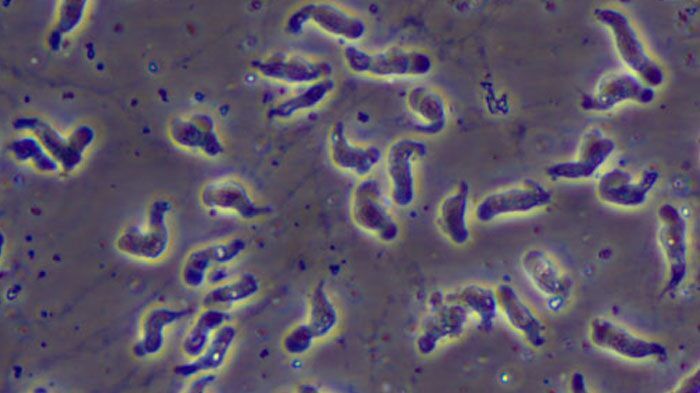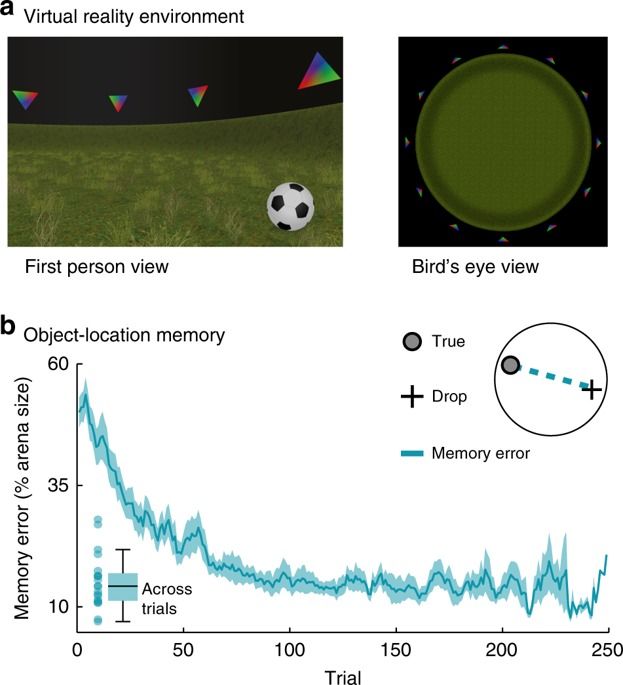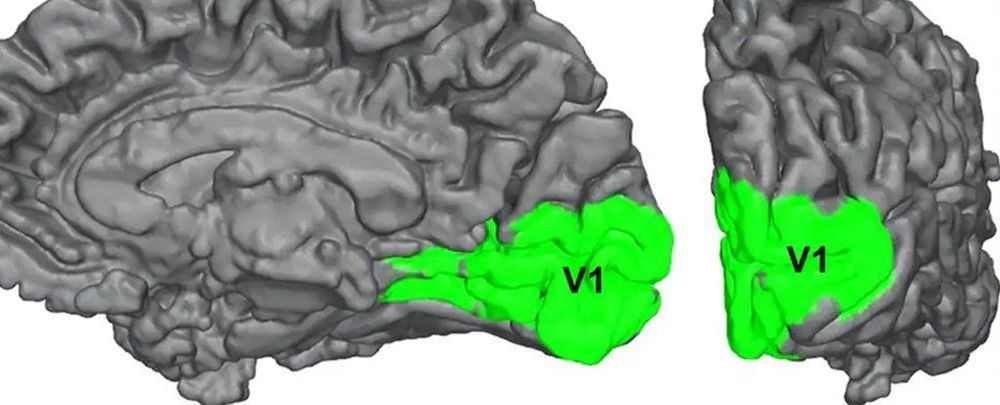We don’t just copy the behavior of people around us. We also copy their minds.



Having hypertension in midlife (ages 40 through 60) is associated with elevated risk of cognitive impairment and Alzheimer’s dementia later in life, even more so than having the so-called Alzheimer’s gene.
“It is clear that cerebral vascular disease”—that is, hardening of the arteries inside our brain—“and cognitive decline travel hand in hand,” something I’ve addressed before. “However, the independent association of AD [Alzheimer’s disease] with multiple AVD [atherosclerotic vascular disease] risk factors suggests that cholesterol is not the sole culprit in dementia.”
As I discuss in my video Higher Blood Pressure May Lead to Brain Shrinkage, one of the most consistent findings is that elevated levels of blood pressure in midlife, ages 40 through 60, is associated with elevated risk of cognitive impairment and Alzheimer’s dementia later in life—in fact, even more so than having the so-called Alzheimer’s gene.

Study after study has shown that statins can prevent heart attacks, strokes and death in middle-aged adults. But in 28 major clinical trials of statins, only 2 percent of participants have been 75 years or older. This means that even though older adults are at greater risk of heart disease and death, there is scant data on whether statins should be prescribed for them.
A new study led by investigators from Brigham and Women’s Hospital and VA Boston Healthcare System leverages national data from the U.S. Veterans Health Administration Services and Centers for Medicare & Medicaid Services to shed new light on the role statins may play for older adults who have not yet experienced a heart attack, stroke or other cardiovascular event. In their retrospective analysis, the researchers found that the risk of dying from any cause was lower by 25 percent among veterans who were using statins compared to those who were not treated with statins. The risk of dying from a cardiovascular event, such as a heart attack or stroke, was lower by 20 percent. The team’s results are published in JAMA.
“Based on these data, age is not a reason to not prescribe statins,” said lead and corresponding author Ariela Orkaby, MD, MPH, a physician scientist at VA Boston Health Care System and in the Division of Aging at the Brigham. “Statins are commonly studied and prescribed for middle-aged adults but understudied in people over age 75. One of the most remarkable things about our results is that we found the benefit of statins held true regardless of whether a person was older or younger or had a condition such as dementia.”

Summary: Targeted deep brain stimulation may help treat obsessive-compulsive disorder.
Source: Charite
A group of researchers from Charité – Universitätsmedizin Berlin have further refined the use of deep brain stimulation in the treatment of obsessive-compulsive disorder. By accurately localizing electrode placement in the brains of patients, the researchers were able to identify a fiber tract which is associated with the best clinical outcomes following deep brain stimulation. The researchers’ findings, which have been published in Nature Communications, may be used to improve the treatment of obsessive-compulsive disorder.

A person in Florida has been infected with a rare and usually deadly brain-eating amoeba, according to health officials.
The Florida Department of Health announced Friday that one patient in Hillsborough County has been infected with Naegleria fowleri, a water-borne, microscopic single-celled amoeba that attacks the brain.
“Infections can happen when contaminated water enters the body through the nose,” the health department said.

The brain derives cognitive maps from sensory experience that guide memory formation and behavior. Despite extensive efforts, it still remains unclear how the underlying population activity unfolds during spatial navigation and how it relates to memory performance. To examine these processes, we combined 7T-fMRI with a kernel-based encoding model of virtual navigation to map world-centered directional tuning across the human cortex. First, we present an in-depth analysis of directional tuning in visual, retrosplenial, parahippocampal and medial temporal cortices. Second, we show that tuning strength, width and topology of this directional code during memory-guided navigation depend on successful encoding of the environment. Finally, we show that participants’ locomotory state influences this tuning in sensory and mnemonic regions such as the hippocampus. We demonstrate a direct link between neural population tuning and human cognition, where high-level memory processing interacts with network-wide visuospatial coding in the service of behavior.


Scientists at Johns Hopkins Medicine have found types of cells in the brain that are most susceptible to inherited genetic variants linked to schizophrenia. As a result, their work reveals a shortlist of the variants that most likely impact disease risk.
Details of the scientists’ analysis, published April 17, 2020, in Genome Research, compared human genetic studies with data on how DNA is folded in mouse cells, including a diversity of brain cells.
“Every common disease has a major genetic component at its root,” says Andrew McCallion, Ph.D., professor of genetic medicine at the Johns Hopkins University School of Medicine. “Studying genomes across human populations helps us find the genetic landmarks that are linked to disease, but these often don’t give us the biological insight that pinpoints the cells in which that variation acts to impact disease risk.”

Imagine being completely blind but still being able to see. Does that sound impossible? Well, it happens.
A few years ago, a man (let’s call him Barry) suffered two strokes in quick succession. As a result, Barry was completely blind, and he walked with a stick.
One day, some psychologists placed Barry in a corridor full of obstacles like boxes and chairs. They took away his walking stick and told him to walk down the corridor.

Summary: Iron accumulation in the brain’s neocortex has been linked to cognitive decline in people with Alzheimer’s disease.
Source: RSNA
Researchers using MRI have found that iron accumulation in the outer layer of the brain is associated with cognitive deterioration in people with Alzheimer’s disease, according to a study published in the journal Radiology.